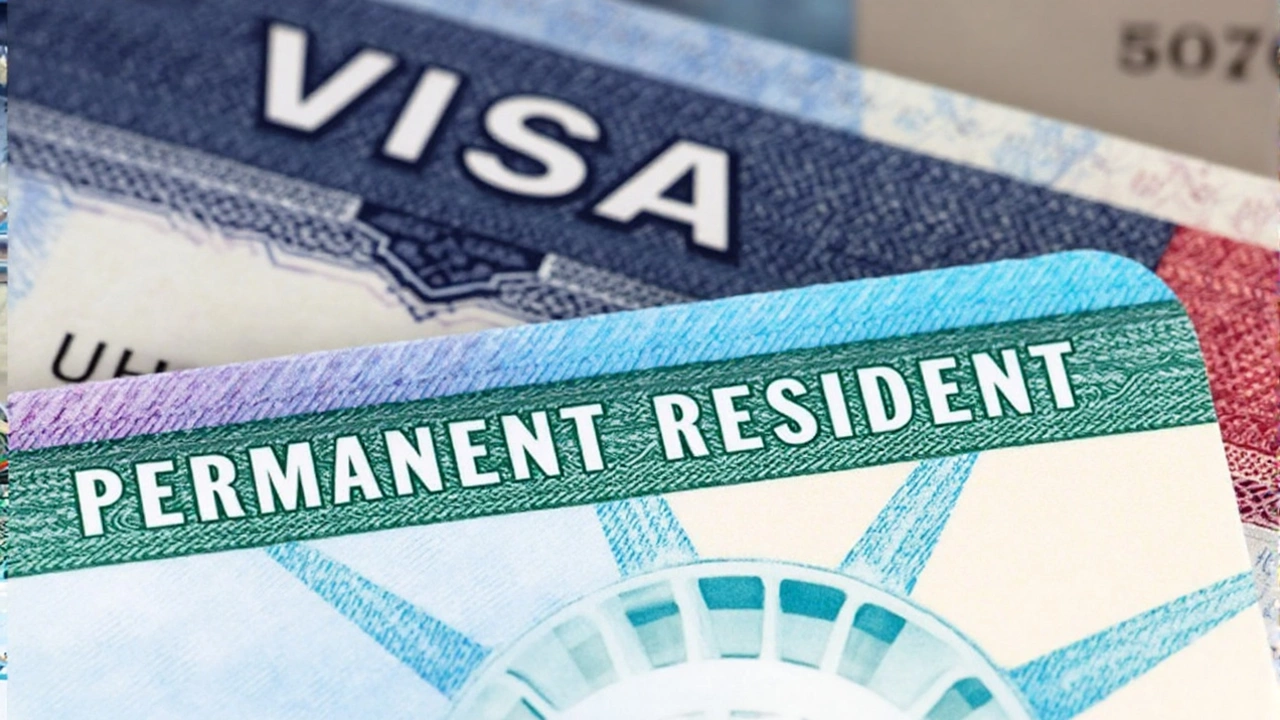Temporary Protected Status (TPS): A Quick Guide for Immigrants
If you’ve heard the term “Temporary Protected Status” and feel lost, you’re not alone. TPS is a special immigration relief that the U.S. government can grant to people from countries hit by war, natural disasters, or other serious problems. It lets you stay in the United States legally for a set period, work, and sometimes travel without fear of removal.
Who Can Get TPS?
Not everyone qualifies. The State Department first declares a country as needing TPS because conditions there prevent safe return. Once that happens, the U.S. Citizenship and Immigration Services (USCIS) opens a registration window. To be eligible, you must be a national of that country or a person without citizenship but who last lived there. You also need to have been continuously present in the U.S. since the designated date and not have a disqualifying criminal record.
Examples of recent TPS designations include Haiti after the 2021 earthquake, Sudan after ongoing conflict, and Myanmar following the 2021 coup. If you or a family member fits any of those profiles, you might be able to apply.
How to Apply for TPS
The application process is straightforward but requires careful attention to detail. First, fill out Form I-821, the Application for Temporary Protected Status. Then, submit Form I-765 if you want a work permit, and Form I-765E if you need an Employment Authorization Document (EAD). Include proof of identity, proof of nationality, and evidence of continuous residence—like utility bills, lease agreements, or school records.
Pay the filing fees unless you qualify for a fee waiver. After you submit, USCIS will send a receipt notice, then a biometric appointment notice for fingerprinting. Once your case is reviewed, you’ll receive an approval notice, a travel document if you applied for it, and a work permit.
Keep an eye on renewal deadlines. TPS is temporary; the government can extend, terminate, or redesignate it. If your country’s TPS designation ends, you’ll need to either adjust status, apply for another immigration benefit, or prepare to leave the U.S.
Many people wonder if TPS leads to a green card. The answer is no—TPS alone does not grant permanent residency. However, it can serve as a stepping stone. While you’re covered by TPS, you may become eligible for other visas or adjustment options, especially if you have a family member who is a U.S. citizen.
For those worried about travel, TPS can include a travel document called an advance parole. This allows you to leave and re-enter the U.S. without abandoning your status, as long as the travel is approved before you go.
Bottom line: TPS offers a lifeline when returning home is unsafe. It gives you legal stay, work rights, and a chance to plan your future. If you think you might qualify, start gathering documents now and file as soon as the registration window opens. The sooner you act, the smoother the process will be.

A federal judge paused the end of TPS for about 60,000 people from Nepal, Honduras, and Nicaragua, then the Ninth Circuit stepped in to narrow the relief. Work permits remain valid through Nov. 18, 2025, but the future is murky. The case spotlights decades-long residents, family ties, and a fierce fight over how far executive power reaches on immigration.





